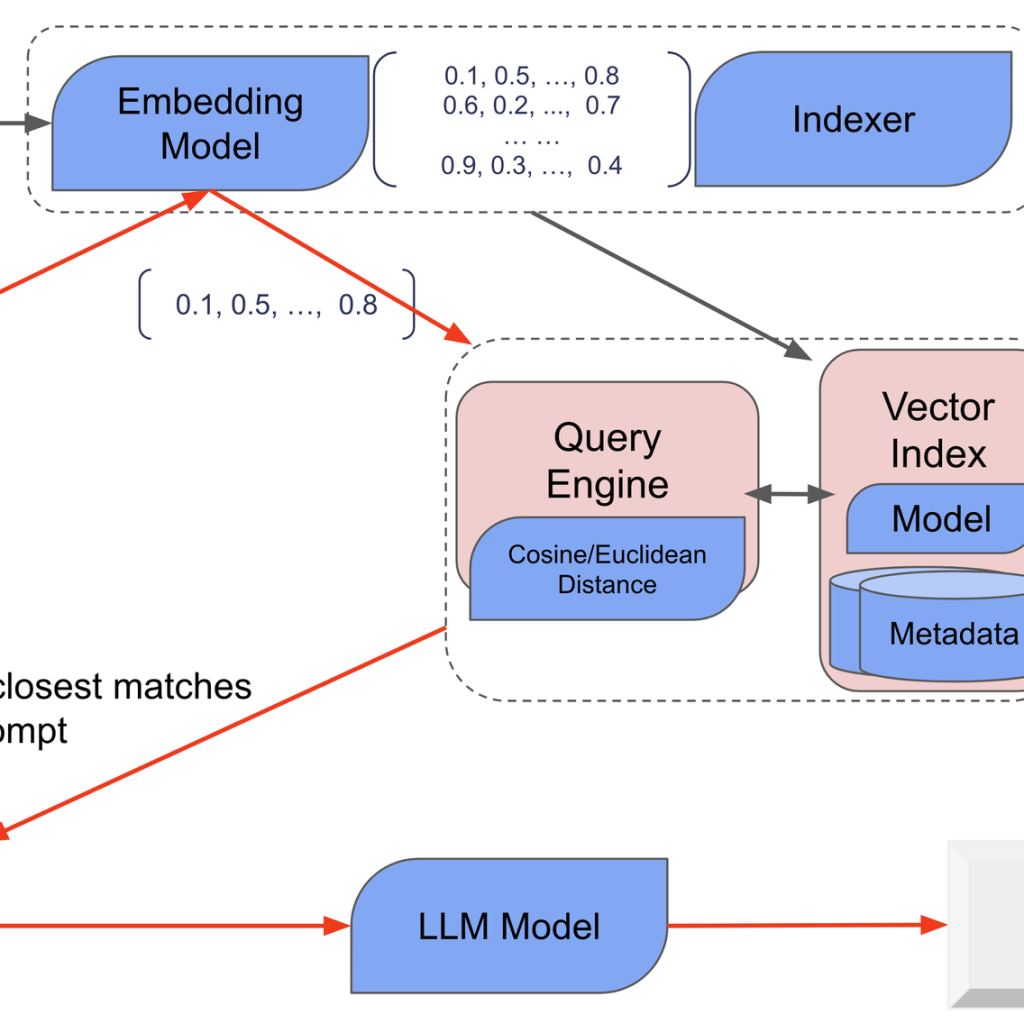World governments convened at Bletchley Park in November for an AI summit that sought to address the multifaceted challenges posed by artificial intelligence. The event, held on November 1-2, 2023, garnered significant attention and speculation leading up to its commencement. The focus of the summit was primarily on mitigating existential risks associated with advanced AI, but it also dived into economic opportunities and regulatory considerations.
Positive outcome from Bletchley AI summit
Amid initial skepticism regarding guest confirmations and the absence of prominent attendees, the AI safety summit at Bletchley Park exceeded expectations. Critics, including some China-focused conservatives and US politicians, questioned the inclusion of Chinese representatives at the event. Additionally, doubts were cast upon the United Kingdom’s ambitious attempt to lead global efforts in AI regulation.
However, the summit proved to be a diplomatic success for Britain. It boasted a notable guest list, with prominent figures like Sam Altman from Open AI and US Vice President Kamala Harris in attendance. The summit’s highlight was the Bletchley Declaration, a broad commitment involving 28 nations and the European Union to collaborate in addressing existential AI risks. Notably, both the United States and China, along with the UK, India, and Australia, pledged their support.
Government access to AI models
During the summit, Prime Minister Rishi Sunak announced a significant development – AI companies had agreed to grant governments early access to their models for safety evaluations. However, the announcement was light on specifics and bore resemblance to a previous declaration made in June. The establishment of the UK’s Frontier AI Task Force as a permanent body to oversee safety was also revealed.
US executive order on AI
Just days before the Bletchley summit, US Vice President Kamala Harris emphasized America’s commitment to remaining a technological leader in AI. Simultaneously, President Joe Biden issued an awaited executive order aimed at comprehensive regulation of the world’s largest AI companies.
The executive order primarily centers on addressing known, identifiable, near-term AI risks, including privacy, competition, and algorithmic discrimination. It prioritizes safeguarding Americans’ civil rights and liberties. The order mandates 25 federal agencies and departments, overseeing areas such as housing, health, and national security, to establish standards and regulations for AI use and oversight. Additionally, it introduces new reporting and testing requirements for companies behind the most potent AI models and compels firms whose models may pose national security threats to share their safety measures.
Global AI regulation debates
The European Union is expected to unveil ambitious AI regulation legislation by year-end. Meanwhile, the G7 group of developed economies is working on a separate code of conduct for AI firms. China has also introduced its own initiative in this regard.
Key debates revolve around what aspects of AI require regulation and who should take on this responsibility. Tech companies generally advocate for limited regulation, targeting the most advanced AI applications rather than the underlying models. However, with rapid technological advancements, this stance is becoming increasingly challenging to maintain.
The United States and the United Kingdom believe that existing government agencies are capable of overseeing AI regulation. Still, critics are concerned about the track record of state regulators, leading figures in the AI industry, such as Mustafa Suleyman, co-founder of DeepMind, have proposed the establishment of a global governance regime akin to the Intergovernmental Panel on Climate Change, aimed at enhancing transparency in AI companies’ work. Suleyman even suggested the possibility of a pause on training the next generation of AI systems within the next five years.
Open-source vs. closed-source AI
A debate over open-source versus closed-source approaches to AI research has also emerged. Advocates of open-source argue that the dominance of profit-driven companies in AI research may lead to undesirable outcomes, and open-sourcing models could accelerate safety research. Conversely, proponents of closed-source models argue that the risks associated with advanced AI are too great to permit the free distribution of source code for powerful models.
Balancing AI risks and economic benefits
Governments, including the UK, find themselves in a delicate balancing act, acknowledging the importance of addressing AI’s risks while remaining open to its commercial opportunities. AI is poised to become a general purpose technology, with wide-ranging applications comparable to past innovations like steam power, electricity, and the internet. This technology is expected to drive significant improvements in productivity and economic growth.
Neil Shearing of Capital Economics underscores the necessity of hearing more about how governments plan to harness AI’s potential economic gains. While addressing AI risks is crucial, the economic benefits it promises should not be overlooked.
The AI summit at Bletchley Park marked a pivotal moment in global discussions on AI regulation and safety. As governments navigate the path forward, they must strike a balance between addressing AI’s potential threats and harnessing its immense economic opportunities.




